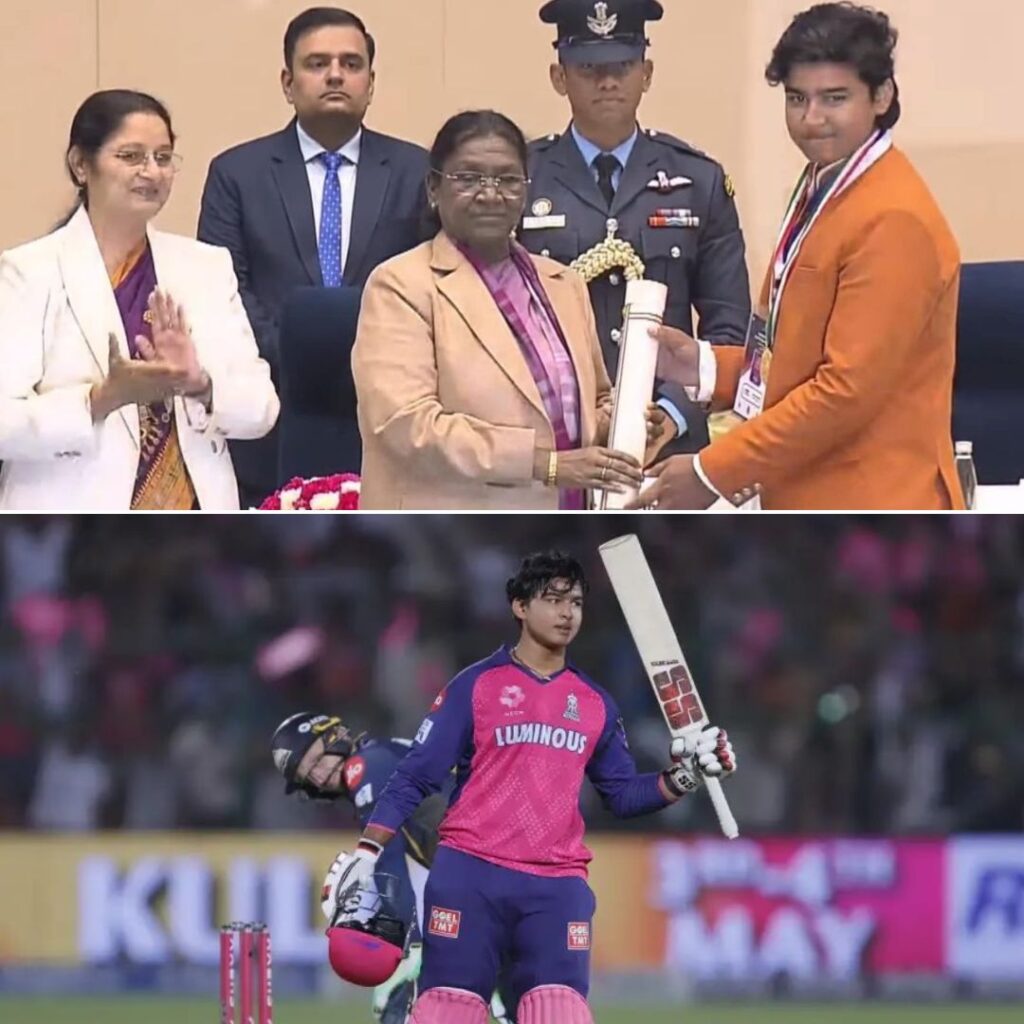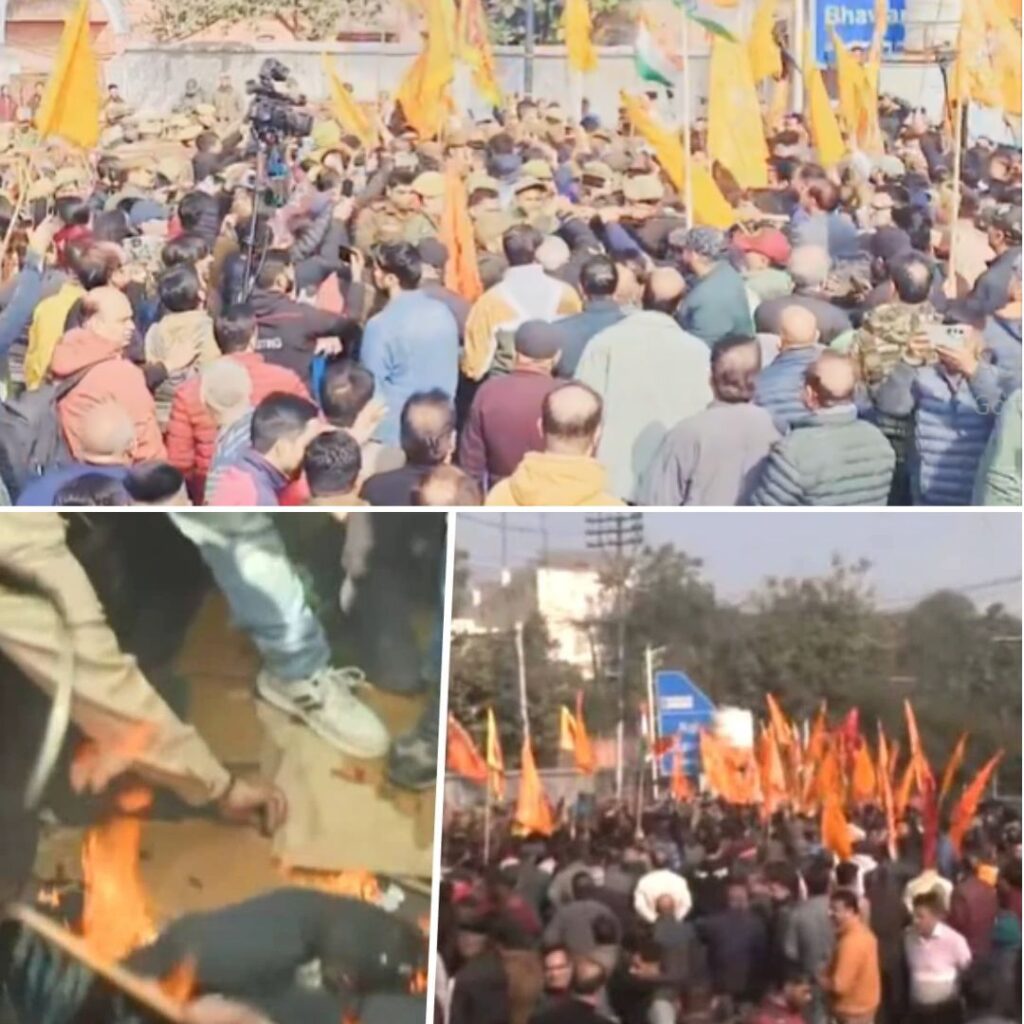On August 5, the Central government approved Bihar government’s appeal to have Central Bureau of Investigation (CBI) probe on actor Sushant Singh Rajput’s death. Actor Sushant Singh Rajput allegedly died of suicide at his residence in Mumbai on Sunday, June 14.
Sushant Singh Rajput’s father, KK Singh, had filed an FIR in Patna against Rhea Chakraborty, accusing her of abetting his son’s alleged suicide. His father has also alleged that Chakraborty illegally transferred Rs 15 crore from his son’s bank account and mentally harassed him.
Following this, a team was sent to Mumbai to investigate the case. Patna City SP Vinay Tiwari who went to Mumbai to supervise the probe being conducted by the Bihar Police into the death of the actor, was quarantined by the BMC. He was later released after an outrage ensued alleging Mumbai Police of being partisan.
In light of this, a piece of news is being shared on social media platforms with the claim that Vinay Tiwari will visit Mumbai again but this time not as a Patna police officer but as a CBI officer to investigate Sushant’s death.
#SSRKilledOn14June#RealHeroArnabIPS Vinay Tiwari, who was quarantined by (BMC) while he had gone to Mumbai to probe the sensational death case of Sushant Singh Rajput, is likely to be deputed to the Central Bureau of Investigation (CBI).Meanwhile Maharashtra govt**** pic.twitter.com/YCdEeDOqe7
— ASHISH THAKUR (@ASHISH_UK07) August 9, 2020
Breaking News From SourceIPS Vinay Tiwari who was quarantine some days ago has been transferred to CBI on deputation .#SSRKilledOn14June#RealHeroArnab#RepublicForSushant
— Shivam #JusticeForSushant (@Intrepid_SK) August 9, 2020
Now IPS Vinay Tiwari join CBI to investigate the case .. Mumbai police now you can’t forcefully quarantined him. So how do you people save culprits? #SSRKilledOn14June
— Monalisha Pattanayak (@MonalishaPatta6) August 9, 2020
Big Breaking: Credible Sources have informed that IPS Vinay Tiwari has been transferred to CBI on Deputation.
— Adv. Vibhor Anand (@vibhor_anand) August 9, 2020
‘IPS Vinay Tiwari will now join CBI probe’Finally some good news..!!#SSRKilledOn14June#RealHeroArnab#RepublicForSushant pic.twitter.com/db2dt4xsrN
— Ayra�?Justice For SSR || (@Dragon_Queeeen) August 9, 2020
Big Breaking::::Credible Sources News:IPS Vinay Tiwari, whose deliberately quarantined by Maha Govt… Now he has been transferred to CBI on DeputationWho investigate SSR case…Ab Maha Govt or kab tak bachoge!!!! #SSRKilledOn14June #RealHeroArnab pic.twitter.com/hHFeK33lIq
— Monalisa Mukherjee (@Monalis33019790) August 9, 2020
Claim:
Patna City SP Vinay Tiwari will visit Mumbai as a CBI officer to investigate Sushant’s death.
Fact Check:
The claim is false. The BMC had exempted Bihar-cadre Indian Police Service (IPS) officer Vinay Tiwari from mandatory 14-day home quarantine by allowing him to return to Patna before Saturday (August 8).
Bihar police officer Vinay Tiwari is not joining the CBI investigation. There is no such confirmation or news report.
Origin Of Claim
Maharashtra BJP spokesperson Avadhut Wagh had written a tweet which could possibly indicate the reason behind the viral claim.
His tweet was originally in Marathi, the translated version read, ‘The one who was forcefully quarantined and pushed out of Mumbai, is returning as the father.’
ज�?याला जबरदस�?तीने quarantine करून म�?ंबई बाहेर हकलला तो म�?हणे आता ‘बाप’ बन�?न येत आहे.#TakeCare
— Avadhut Wagh (@Avadhutwaghbjp) August 9, 2020
The tweet referred to the same IPS officer from Bihar.
A report by India TV stated that Bihar Director General of Police Gupteshwar Pandey has rubbished all claims of IPS Vinay Tiwari joining the CBI on deputation and assisting in the investigation. According to him, these reports are ‘fake and without merit’.
Vinay Tiwari too debunked these claims on Twitter.
‘Some news has been coming since yesterday. They are completely false, misleading and rumoured. Please ignore them,’ he wrote.
क�?छ खबरें कल से प�?रसारित हो रहीं हैं।वो पूर�?णतः गलत, भ�?रामक और अफवाह हैं।कृपया उन पर ध�?यान ना दें।
— Vinay Om Tiwari (IPS)/विनय �? तिवारी (@IPSVinayTiwari) August 10, 2020
If you have any news that you believe needs to be fact-checked, please email us at factcheck@thelogicalindian.com or WhatsApp at 6364000343
Also Read: Fact Check: Screenshots Of Fake Tweets Goes Viral As the Last Message From Sushant Singh Rajput











